October 8, 2025: As 2026 approaches, a new wave of destinations is capturing global attention — not merely for their timeless allure, but for the dynamic transformations shaping them today. Across continents, cities and regions are preparing for landmark anniversaries, unveiling ambitious infrastructure projects, and embracing cultural revivals that redefine their identities. Design-led hotels, reimagined public spaces, and renewed community rituals are weaving together narratives of continuity and change. These places aren’t just beautiful — they are alive with purpose, telling stories of resilience, innovation, and renewal. Ultimately, it’s their timing that makes them so compelling.
Rishikesh’s Spiritual Depth in the Himalayan Foothills
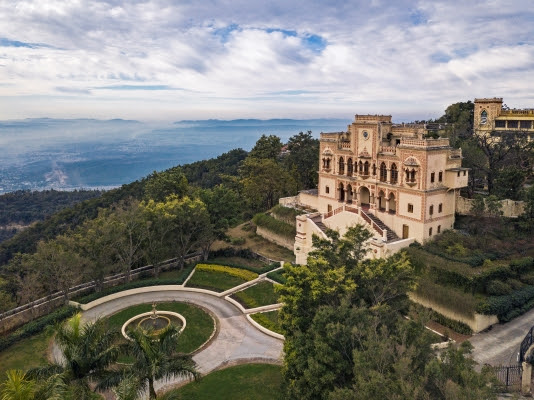
Ananda in the Himalayas, a world-renowned wellness retreat in the Himalayan foothills. Photo courtesy of Ananda in the Himalayas.
As global wellness travel continues to evolve from trend to priority, 2026 is poised to be a defining year, with more travellers seeking destinations that support personal health, emotional clarity, and spiritual renewal. This shift reflects a deeper commitment to integrative healing and meaningful transformation, making places like Rishikesh especially resonant. Long revered for its spiritual heritage, Rishikesh continues to lead as India’s most soulful destination, where ancient rituals, wellness innovation, and inner awakening converge in the Himalayan foothills. Anchored by the International Yoga Festival (March 9–15, 2026) and a vibrant calendar of annual rituals, from the spring festival of colours, Holi (March 4), to purification ceremonies like Ganga Dussehra (May 25), and the summertime Kanwar Mela pilgrimage (July–August), the region pulses with devotion, classical music, riverside ceremonies, and communal celebration.
At the heart of this evolution is Ananda in the Himalayas, a globally acclaimed wellness retreat housed in the restored palace of the Maharaja of Tehri-Garhwal. Celebrating its 25th anniversary in 2025, Ananda enters 2026 with renewed vision and expanded offerings that reflect the future of holistic wellness. The retreat continues to lead in transformative programmess across Ayurveda, yoga, emotional healing, and Traditional Chinese Medicine. New initiatives-including Integrated Diabetes Management, women’s health, fertility, and sleep enhancement-are supported by Ananda’s 360-degree wellness system, which extends care beyond the stay through personalized diagnostics, daily therapies, and post-visit consultations. Signature programmes such as Hormonal Balance, Yogic Detox, Panchakarma, and Ayurvedic Rejuvenation remain foundational, harmonizing body and mind through traditional systems of healing, classical Hatha yoga, pranayama, and meditation. Rishikesh 2026 is not just a destination; it is a gateway to renewal, alignment, and clarity.
Amsterdam’s Cultural Renaissance Along the Canals
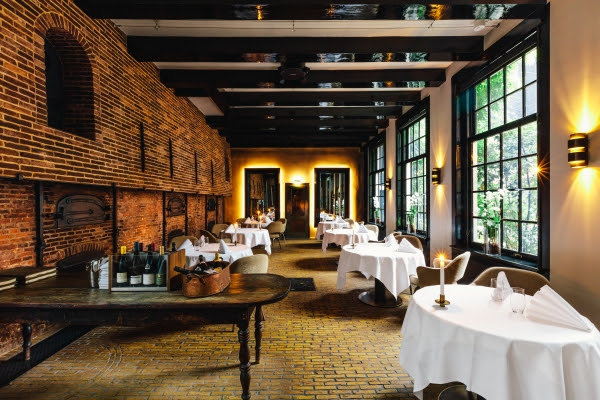
Restaurant Vinkeles at The Dylan Amsterdam, housed in a former 18th-century bakery in the heart of the canal district. Photo courtesy of The Dylan Amsterdam.
Following its milestone 750th anniversary in 2025, Amsterdam continues to dazzle in 2026 with a rich calendar of cultural events and sensory refinement. Spring brings the Tulip Festival (late March to mid-May) and the city-wide revelry of King’s Day (April 27). In May, food lovers flock to Rolling Kitchens (May 13–17), while August’s Grachtenfestival fills the canals with music. The Amsterdam Light Festival adds a luminous touch as winter approaches. Exhibitions at the Stedelijk, H’ART Museum, Eye Filmmuseum, and Fabrique des Lumières embrace immersive, interdisciplinary storytelling, reflecting the city’s forward-looking creative spirit.
Museum developments include the Zaanstad Amsterdam Museum (ZAMU), a contemporary art hub with installations spread across industrial buildings and a Piet Oudolf-designed wildflower garden just north of the city. While the Hartwig Art Foundation’s new museum is slated to open in 2028, it hosts temporary events until then. For a day trip, Rotterdam offers art lovers compelling attractions like the Depot Boijmans Van Beuningen and the Fenix Museum of Migration, which opened in 2025. Meanwhile, Amsterdam-Noord continues to evolve as a creative enclave, home to design studios, concept stores, and waterfront cafés. Culinary trends lean toward experiential intimacy and narrative-driven dining. At The Dylan Amsterdam, two-Michelin-starred Vinkeles offers moody interiors and seasonal French menus, while até presents a six-seat chef’s table. Bar Brasserie OCCO complements the stay with all-day dining in a stylish, contemporary setting and offers a creative High Wine tasting pairing four wines with four dishes. Reimagined by Studio Linse and Format Furniture in 2024, The Dylan anchors this renaissance with canal-side calm, Green Globe-certified hospitality, and curated access to the city’s evolving aesthetic.
Kyoto’s Cultural Crescendo Rooted in Ritual and Renewal
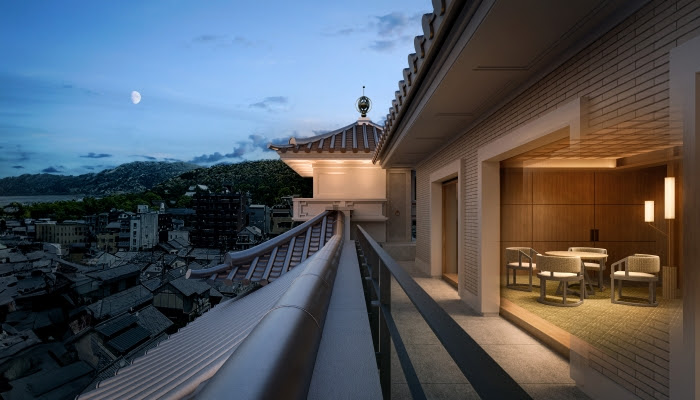
Imperial Hotel, Kyoto, blending modern elegance with centuries of cultural heritage. Photo courtesy of New Material Research Laboratory.
In 2026, Kyoto offers a rare cultural crescendo, where centuries-old traditions, seasonal rituals, and landmark openings converge in one of Japan’s most spiritually resonant cities. The Miyako Odori returns to its original stage in Gion (April 1–30), with daily performances by geiko and maiko, now housed in the restored Gion Kobu Kaburenjo Theater, reborn as part of the Imperial Hotel, Kyoto, opening spring 2026. Designed by Obayashi Corporation for the exteriors and Tomoyuki Sakakida with New Material Research Laboratory for the interiors, the hotel preserves the 1936 Yasaka Kaikan structure using over 16,000 original tiles and offers just 55 rooms across three architecturally distinct wings. The property blends heritage architecture with contemporary Japanese design, offering curated calm in the heart of Gion.
As Kyoto embraces a more sustainable approach to tourism, travelers benefit from enhanced access, quieter moments, and deeper cultural immersion in one of Japan’s most spiritually rich cities. Kyoto’s cultural calendar continues with the Gion Matsuri (July 1–31), featuring lantern-lit Yoiyama celebrations, Yamaboko float processions, and the Nagoshisai purification ritual. In September, the city marks the 400th anniversary of the Kan’ei Imperial Visit to Nijo Castle with reenactments, rare chamber access, and curated exhibitions. Seasonal temple openings and immersive installations offer deeper engagement. Infrastructure upgrades, including new EX100/EX101 buses and enhanced fare systems, make navigation seamless. For travelers seeking emotional depth, architectural rarity, and cultural immersion, Kyoto in 2026 is not just a destination, it is a moment to witness Japan’s soul in motion.
Monteverde’s Cloud Forest Regenerative Escape
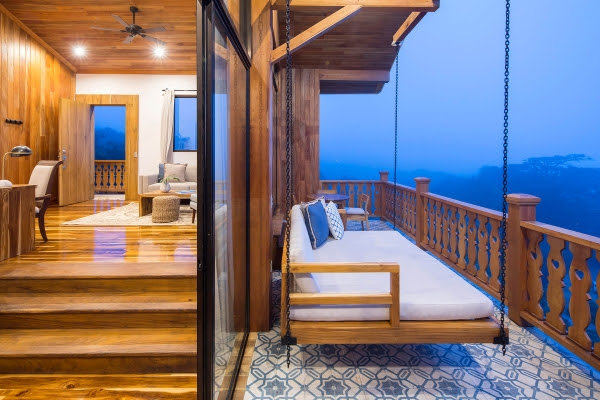
Hotel Belmar, a forest sanctuary celebrating 40 years of sustainability and style. Photo courtesy of Hotel Belmar.
In 2026, Monteverde welcomes travelers to a high-altitude sanctuary where misty forests, ecological milestones, and creative immersion converge. The region marks over 50 years of conservation since the founding of the Monteverde Cloud Forest Reserve, celebrated through legacy hikes, biodiversity exhibitions, and community-led programmes. New interpretive trails connect to the Children’s Eternal Rainforest, while artisan showcases and solstice rituals reflect Monteverde’s evolving cultural rhythm. Infrastructure upgrades, including smoother access via Route 606 and expanded EV charging stations, make travel easier, especially with more international flights into Liberia Airport.
At the heart of this revival is Hotel Belmar, a family-owned eco-lodge perched above the forest canopy, known for alpine-inspired architecture, panoramic views, and sustainability leadership. In 2026, Hotel Belmar debuts nature-immersive wellness spaces and enhanced culinary offerings rooted in circular gastronomy. At Restaurante Celajes, regenerative menus honour Costa Rica’s agrarian traditions, using ingredients from Belmar’s organic farm and gardens. Overlooked crops, foraged herbs, and zero-waste techniques turn each dish into a tribute to biodiversity and soil health. Belmar’s Artist Residency Programmes invites creatives to live and work onsite, engaging guests through open studios, forest-inspired installations, and workshops. Monteverde offers quiet transformation, and Hotel Belmar, its poetic hideaway.
Mongolia’s Living Traditions and a Journey into the Wild
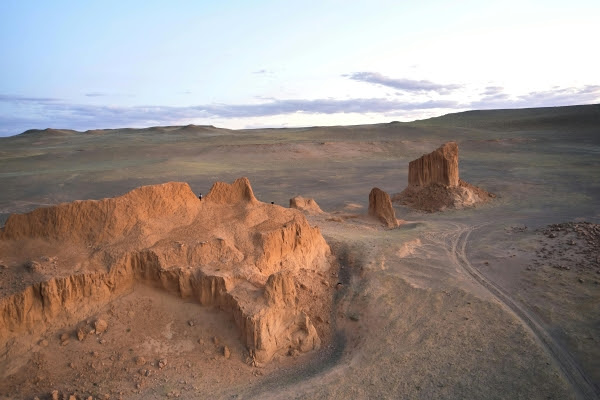
The Flaming Cliffs of Mongolia, a dramatic desert landmark and paleontological treasure. Photo courtesy of Pexels.
In 2026, Mongolia emerges as one of the world’s most compelling destinations—not only for its vast, otherworldly landscapes but also for its global moment in the spotlight. The country will host COP17, the 17th Session of the Conference of the Parties to the United Nations Convention to Combat Desertification (UNCCD), from August 17–28 in Ulaanbaatar. This landmark event coincides with the UN’s International Year of Rangelands and Pastoralists, an initiative spearheaded by Mongolia to celebrate and protect nomadic cultures and ecosystems. These milestones underscore Mongolia’s leadership in environmental stewardship and its deep connection to land-based traditions—making 2026 an especially meaningful time to visit.
Cultural celebrations add further dimension: the Naadam Festival (July 11–12) showcases Mongolia’s national pride through wrestling, archery, and horse racing. In early March, the Thousand Camel Festival in the Gobi Desert celebrates the magnificent Bactrian camel with races, polo, and traditional music. Adding to the momentum, Naya Traveler will debut its new Mongolia journeys in 2026, offering tailor-made itineraries that go far beyond the Golden Eagle Festival. Expect private access to cultural events, guided exploration of the Gobi Desert and Orkhon Valley, and meaningful encounters with herders and historians. These journeys reflect a growing trend toward regenerative, culturally attuned travel—where connection, context, and care shape every experience. With Mongolia joining Naya Traveler’s portfolio in 2026, the destination becomes part of a growing movement toward journeys that prioritise cultural depth, environmental awareness, and meaningful connection.

